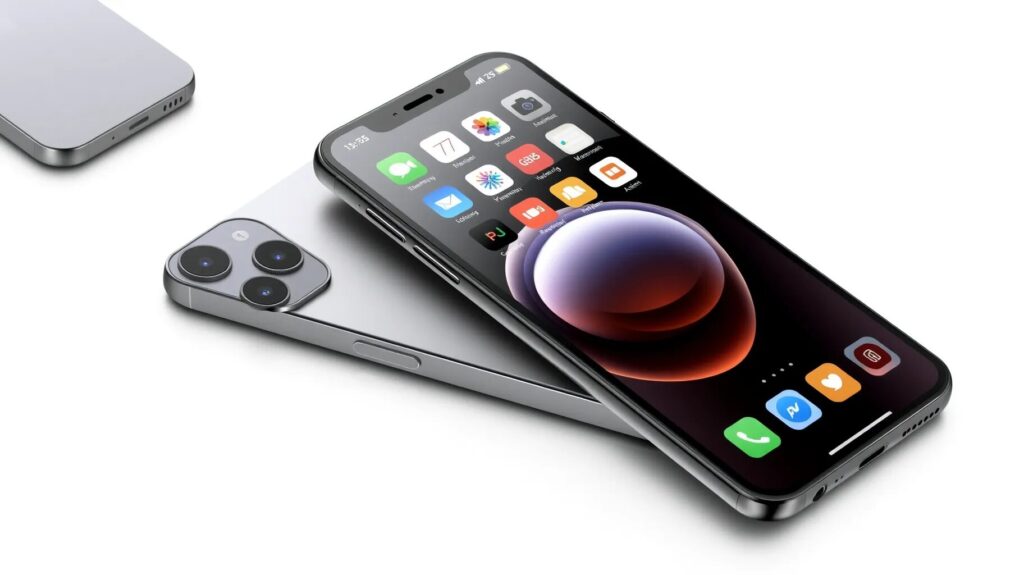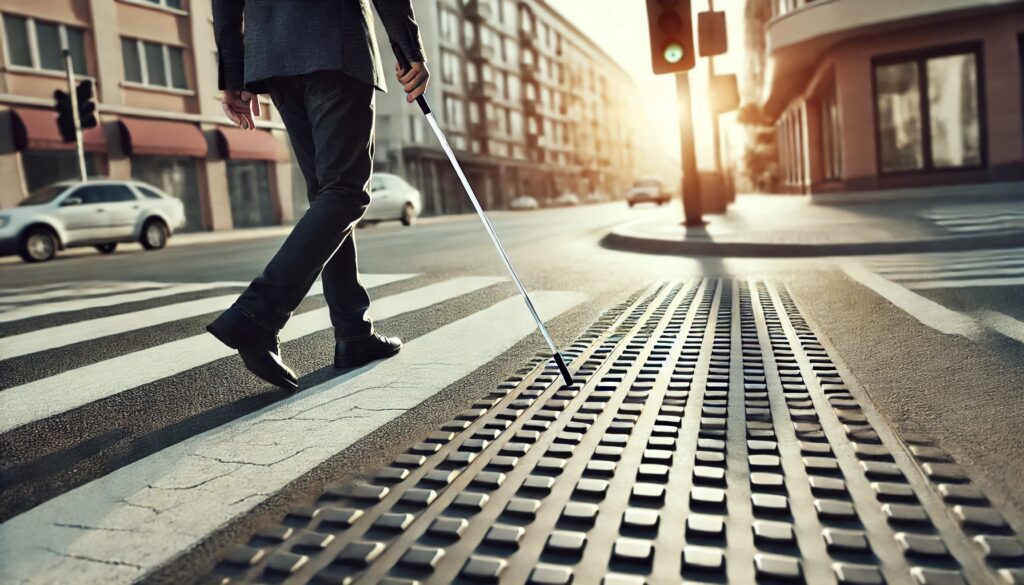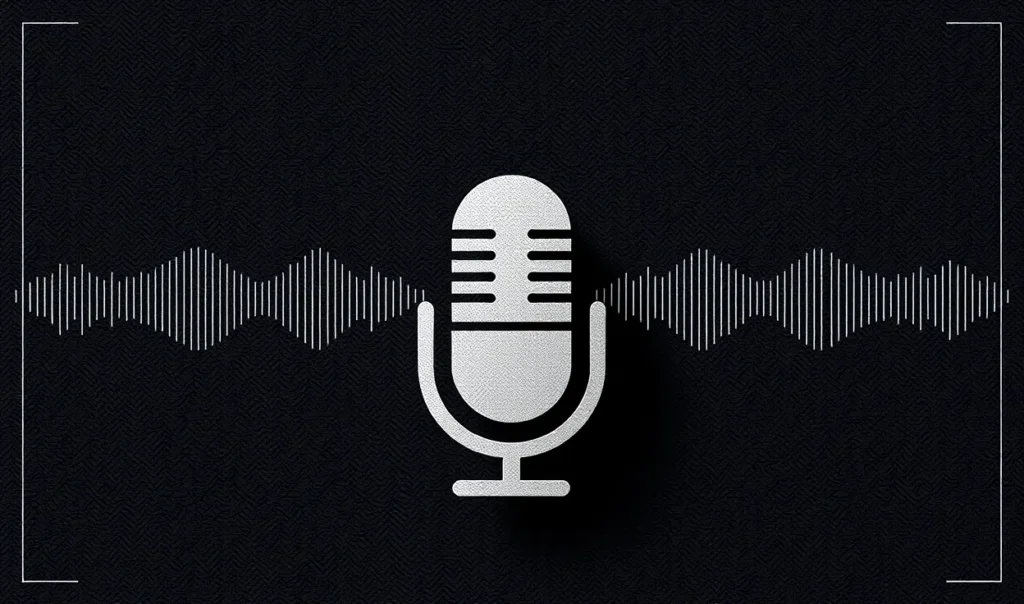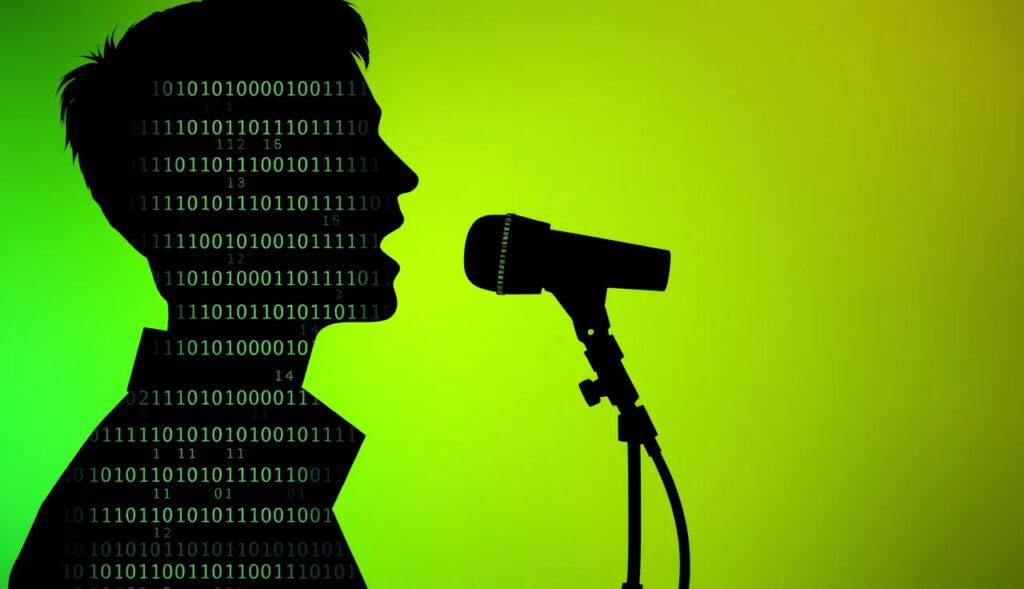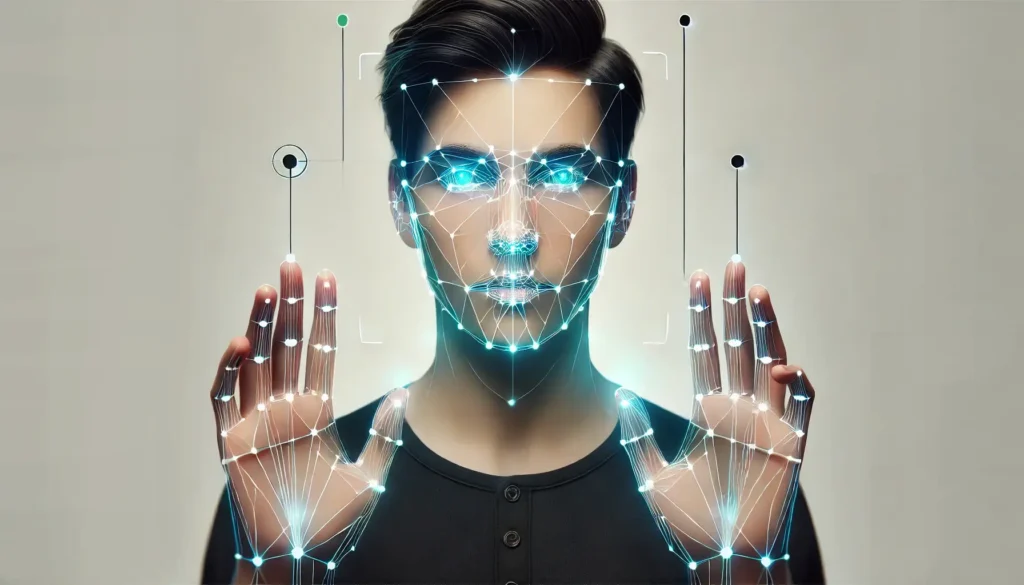
Understanding the Basics of Sign Language Recognition Technology
Sign language recognition (SLR) is revolutionizing accessibility by enabling communication between the deaf and hearing communities.
SLR technology uses AI-driven algorithms to interpret gestures, body movements, and facial expressions into spoken or written language. This process requires complex machine learning models trained on thousands of hours of sign language data.
These systems rely heavily on deep learning frameworks to understand subtle nuances, like finger placement or hand motion speed.
While current systems have limitations, advancements in gesture analysis and natural language processing (NLP) are bridging the gap.
How AI Models Learn to “See” Signs
At its core, AI relies on computer vision to detect and translate signs. Cameras capture video input, and algorithms process frame-by-frame gestures.
Key Techniques Used in SLR:
- Convolutional Neural Networks (CNNs): These identify visual patterns in hand shapes and movements.
- Temporal Recognition Models: Tools like recurrent neural networks (RNNs) analyze how gestures evolve over time.
- Facial Expression Integration: Advanced systems incorporate facial movements to add context to words and phrases.
The result? Systems are becoming more adept at recognizing complex phrases, not just isolated words.
Why Cultural Context Matters in SLR
One challenge in developing effective SLR systems is the diversity of sign languages. For example, American Sign Language (ASL) differs greatly from British Sign Language (BSL) or Chinese Sign Language (CSL).
AI must account for:
- Regional variations.
- Cultural-specific gestures.
- Syntax differences between spoken and signed languages.
Without this context, systems risk delivering inaccurate translations or offending users by misunderstanding meaning.
Real-World Applications of AI in Sign Language Recognition
AI-driven SLR technology has moved from research labs into the real world, delivering impactful solutions.
Where It’s Making an Impact:
- Healthcare: Doctors use real-time SLR tools to communicate with patients who are deaf.
- Education: Smart classrooms integrate sign recognition systems to support inclusive teaching.
- Customer Service: AI chatbots paired with SLR tools are making customer support more accessible.
These innovations are making public spaces and digital platforms more inclusive for everyone.
Current Challenges in Sign Language Recognition Technology
The Problem of Data Scarcity
One major hurdle in sign language recognition (SLR) is the lack of high-quality, diverse datasets. AI systems thrive on data, but building a dataset that includes various sign languages, dialects, and gestures is labor-intensive.
Why This Matters:
- Many sign languages remain underrepresented in AI training datasets.
- Infrequent gestures or region-specific signs may not be recognized correctly.
- Bias in datasets can lead to systems performing better for some groups than others.
Without sufficient data, even the most advanced algorithms struggle to provide accurate translations.
Balancing Real-Time Recognition and Accuracy
SLR systems face a tough balancing act between speed and precision. Users expect real-time translation, but quick processing often sacrifices accuracy.
Technical Challenges Include:
- Detecting ambiguous signs or multi-meaning gestures.
- Handling environmental noise, like poor lighting or background movement.
- Seamlessly integrating gestures with facial expressions.
For the tech to work in everyday life, AI must become faster without losing its ability to analyze details.
Ethical Considerations in Deploying SLR AI
As SLR technology becomes more widespread, it raises important ethical concerns about privacy and inclusivity.
Key Issues to Address:
- Privacy Risks: Recording and analyzing gestures could lead to concerns about surveillance or misuse of personal data.
- Tech Accessibility: Systems must be affordable and easy to use for the deaf community to benefit fully.
- Bias Reduction: Developers must actively ensure AI is equitable across languages, dialects, and demographics.
Collaboration with the deaf community is crucial to build trust and ensure technology truly meets their needs.
Limited Support for Multimodal Communication
Human communication isn’t limited to signs; it often involves speech, text, and expressions. Most SLR systems lack robust support for multimodal interactions, which reduces their effectiveness.
Gaps in Current Technology:
- Integrating spoken language cues with signs.
- Supporting transitions between signed and spoken dialogue.
- Adapting to users with mixed signing styles.
Future innovations must address these gaps to provide more natural, fluid interactions.
How AI Innovations are Addressing These Challenges

Advancements in AI-Driven Gesture Recognition
New breakthroughs in AI are paving the way for better gesture recognition systems, helping overcome existing obstacles.
What’s Changing:
- Transfer Learning: Pre-trained models reduce the need for massive datasets by learning from similar tasks.
- Synthetic Data Creation: AI now generates virtual sign language datasets to train models faster.
- Edge Computing: Devices like smartphones process signs locally, minimizing latency and boosting accuracy.
These innovations bring us closer to real-world applications that feel seamless and intuitive.
The Future of Inclusive Communication with AI
The Role of AI in Bridging Communication Gaps
Sign language recognition (SLR) technology is more than just a convenience—it’s a lifeline for millions of individuals worldwide. AI empowers people who are deaf or hard of hearing by making communication seamless and inclusive.
How It’s Changing Lives:
- Breaking Barriers: AI bridges communication gaps in workplaces, schools, and public services.
- Encouraging Inclusion: With improved accessibility, companies and institutions can better serve the deaf community.
- Promoting Awareness: The adoption of SLR tech sparks conversations about diversity and inclusion.
These tools don’t just enhance communication—they foster deeper understanding across different communities.
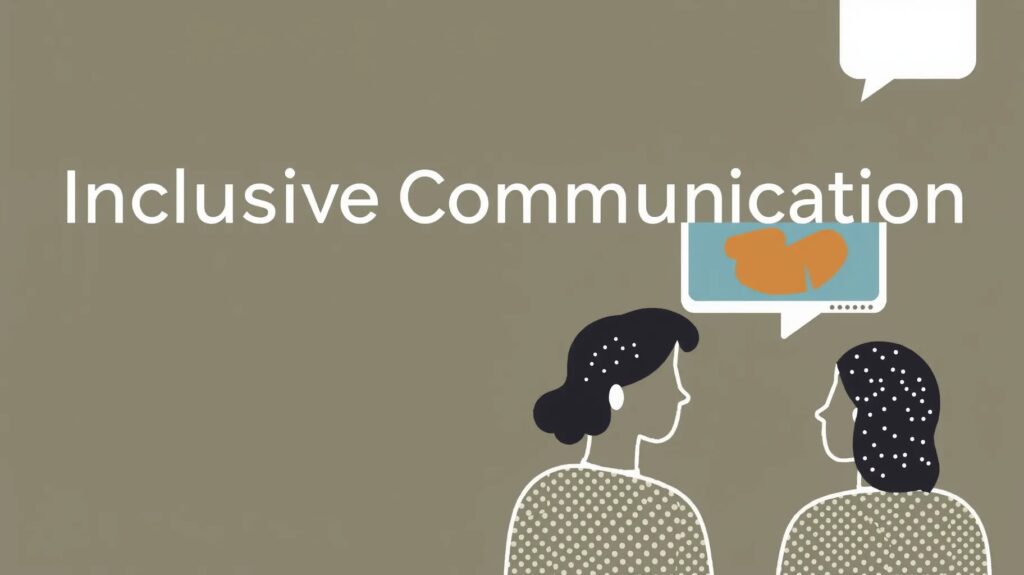
What the Future Holds for AI-Powered SLR
AI-powered sign language recognition is still evolving, but the potential is immense.
Trends to Watch:
- Improved Personal Devices: Wearables and smartphones with built-in SLR will make communication accessible anywhere.
- Universal Sign Language Tools: Efforts to create universal models that adapt to multiple sign languages are underway.
- Integration with AR/VR: Augmented and virtual reality may offer immersive experiences for learning and interpreting sign languages.
These advancements point toward a future where technology seamlessly bridges the gap between signed and spoken languages.
Collaboration is Key to Success
The road ahead for SLR depends on partnerships between AI researchers, technology developers, and the deaf community. By working together, we can ensure these systems reflect the real-world needs of users.
Steps for Success:
- Engaging the deaf community in the design process.
- Funding more research into diverse sign language datasets.
- Promoting ethical guidelines to protect user data and reduce bias.
With thoughtful collaboration, AI can become the cornerstone of truly inclusive communication.
Conclusion:
AI-powered sign language recognition is transforming how we connect, learn, and understand one another. By addressing challenges and advancing innovation, we can ensure these tools empower people of all abilities, creating a world where communication knows no barriers.
FAQs
Can AI understand all sign languages?
Not yet. While AI models have made significant strides, they’re often designed for specific sign languages, like ASL or British Sign Language (BSL).
Example:
A gesture meaning “OK” in ASL might mean something completely different in Chinese Sign Language (CSL). The diversity and regional variations of sign languages pose a challenge for universal AI systems.
Developers are working on solutions, such as creating multilingual AI models or training systems with more diverse datasets.
Are there apps or devices that use AI for sign language?
Yes, many apps and devices already use sign language recognition technology.
Popular Examples:
- SignAll: Translates ASL into text using cameras and sensors.
- Google’s Teachable Machine: A tool that lets anyone train simple gesture recognition models.
- Gloves with Sensors: Some companies have created gloves that detect hand movements and translate them into speech.
These tools are being adopted in workplaces, schools, and even at home to enable better communication.
What are some challenges AI faces in sign language recognition?
AI struggles with issues like data scarcity, real-time processing, and cultural context.
For instance, detecting subtle hand movements in low light or translating gestures used in informal signing styles can be difficult. Additionally, systems often need to understand regional variations to avoid misinterpretation.
A real-world example: Imagine someone signing “bathroom” with an informal gesture. An AI not trained on casual variations might miss the meaning entirely.
How can AI enhance communication for people who are deaf?
AI-powered sign language tools improve inclusivity in everyday situations by breaking communication barriers.
This technology fosters independence and inclusion in places where interpreters may not be available.
Will AI replace human interpreters?
Unlikely. While AI can assist with simple translations, it lacks the emotional intelligence and cultural understanding that human interpreters provide.
For example, during a live performance or legal discussion, human interpreters can adapt quickly to the tone and context. AI tools are better suited for everyday interactions or as supplemental aids.
How can I get involved in supporting AI-driven sign language tools?
There are many ways to contribute to the development and adoption of inclusive technology.
Ideas to Explore:
- Participate in beta testing apps and devices designed for SLR.
- Advocate for funding in accessibility research.
- Collaborate with local organizations to promote tech adoption in schools and workplaces.
Involving the deaf community ensures the technology addresses real-world needs effectively.
Can AI recognize non-standard or informal signs?
AI systems are improving but still struggle with informal signing styles or regional dialects.
For example, in casual conversations, people might use shortcuts or unique gestures that aren’t part of formal sign language dictionaries. AI needs exposure to these variations through diverse training datasets to handle informal signs effectively.
Developers are working on integrating machine learning models that learn and adapt to new gestures over time.
What role does facial expression play in sign language recognition?
Facial expressions are critical in sign language as they often add context or emotion to gestures.
Example:
- A raised eyebrow might turn a statement into a question.
- A smile while signing can convey politeness or friendliness.
AI systems must analyze these subtle expressions alongside hand movements for accurate translations. Advanced tools now use facial recognition algorithms to interpret emotions and context, but challenges remain with distinguishing expressions in poor lighting or from certain camera angles.
Are there industries already benefiting from AI-based sign language tools?
Yes, several industries are integrating sign language recognition technology to improve accessibility and communication.
Examples:
- Healthcare: Hospitals use real-time SLR tools to communicate with deaf patients without needing an on-call interpreter.
- Education: Smart devices in classrooms enable teachers to understand and respond to deaf students’ questions.
- Entertainment: Streaming platforms are exploring AI tools to make content more accessible with live sign language translations.
These industries demonstrate how SLR tools can transform accessibility in professional and personal spaces.
What hardware is needed for AI sign language recognition?
Basic sign language recognition can work with a standard camera and a device with AI processing power.
Common Setups:
- Webcams or Phone Cameras: Capture gestures and expressions.
- Wearables: Gloves with sensors detect finger movements for precise tracking.
- Edge Devices: AI chips in phones or laptops process signs locally, ensuring faster and more secure recognition.
These technologies are becoming increasingly portable, making them practical for daily use.
Can AI handle multiple sign languages at once?
Some advanced AI models are beginning to support multilingual sign recognition, but this is still a work in progress.
AI struggles with the sheer diversity of sign languages, which vary in syntax, gestures, and cultural expressions. However, researchers are exploring universal AI frameworks that can adapt to different languages dynamically.
Imagine an app where you set your preferred sign language, and it can instantly translate conversations with someone using a different sign language. This vision is closer than ever.
How is AI trained to recognize sign language?
AI systems are trained using large datasets of recorded videos showing individuals performing signs.
Steps in Training:
- Videos are annotated with labels identifying specific signs.
- Deep learning models analyze hand shapes, movements, and facial cues.
- The AI refines its ability to associate gestures with their meanings over time.
However, challenges like limited data for underrepresented sign languages remain. Synthetic data and augmented reality simulations are helping fill these gaps.
How accurate is current AI sign language technology?
Accuracy varies by system but typically ranges from 80% to 95% for well-supported sign languages like ASL.
Factors Affecting Accuracy:
- The quality of input video (e.g., lighting and resolution).
- The speed of signing (fast or overlapping gestures may confuse AI).
- The system’s training on specific dialects or informal styles.
While AI tools are incredibly promising, they’re not perfect and often require human oversight for critical tasks.
What’s the difference between AI-based SLR and traditional tools?
Traditional tools like sign language dictionaries or human interpreters rely on manual effort or real-time human involvement.
AI-based SLR systems, by contrast, use automated processes to analyze and translate signs into spoken or written language. They:
- Work faster in many cases.
- Provide 24/7 accessibility without scheduling.
- Offer scalability for large organizations needing widespread solutions.
However, AI tools complement rather than replace traditional methods, especially in complex scenarios like legal or emotional conversations.
Resources
Online Learning Platforms
These platforms provide a mix of free and paid resources for diving into AI-driven sign language recognition.
- Coursera: Courses like AI for Everyone and specialized machine learning programs cover the basics of computer vision used in sign language tools.
- EdX: Offers courses on deep learning and natural language processing from top universities.
- Khan Academy: Beginner-friendly explanations of AI and machine learning concepts, ideal for newcomers.
Research Papers and Publications
For those who want to explore the technical side of sign language recognition, academic journals and preprints offer in-depth knowledge.
- arXiv: Free access to cutting-edge research papers like Sign Language Recognition with Deep Learning and Improving Gesture Analysis Models.
- Google Scholar: Search for key topics like “gesture recognition using AI” or “facial expression analysis in sign language.”
- IEEE Xplore: Focused on engineering and computational advancements in AI-powered accessibility tools.
Apps and Tools for Practicing Sign Language
Using apps that incorporate AI-driven tools can help you understand the technology while improving your signing skills.
- SignAll: A popular app that uses AI to translate ASL into text and vice versa.
- ASL Dictionary App: Offers a comprehensive library of signs with video examples, perfect for learners and developers.
- Lingvano: Combines AI and interactive lessons to teach sign languages in an engaging way.
Nonprofit Organizations and Advocacy Groups
These groups focus on promoting accessibility and fostering innovation in sign language technology.
- World Federation of the Deaf (WFD): Provides resources and initiatives related to global deaf communities and technology.
- DeafTech: A hub for updates on cutting-edge technology benefiting deaf individuals.
- National Association of the Deaf (NAD): Actively advocates for inclusive tech solutions and offers resources for developers.

